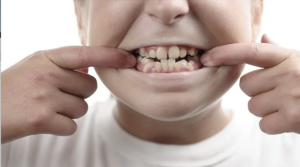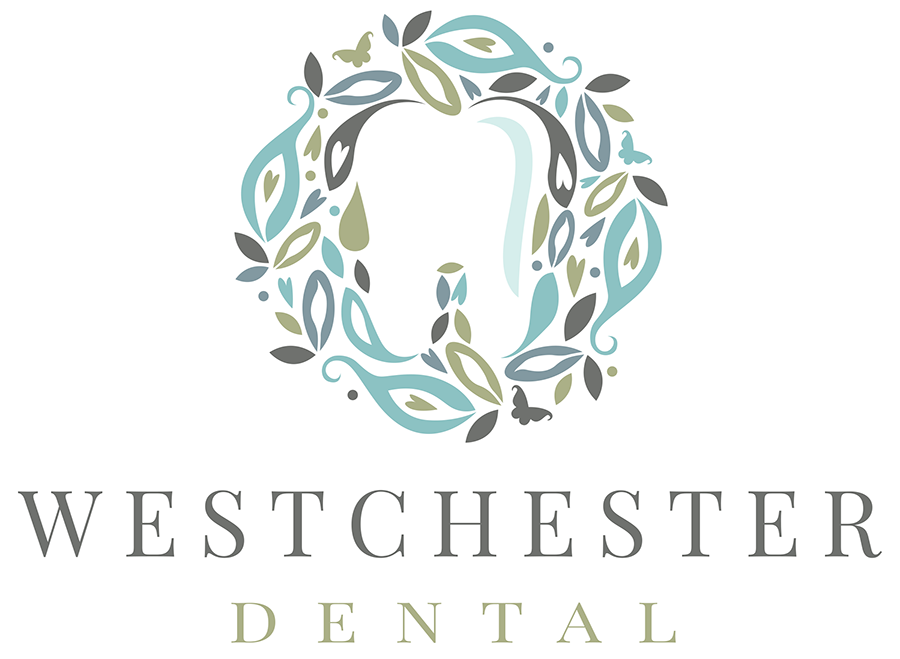 A common problem that many people have is that their upper and lower jaws do not match as they should. It results in what is known as an overbite or an underbite. Problems with bite alignment are referred to as a malocclusion. Besides creating a difficulty in chewing, some people may also develop problems with self-image and social acceptance as a result.
A common problem that many people have is that their upper and lower jaws do not match as they should. It results in what is known as an overbite or an underbite. Problems with bite alignment are referred to as a malocclusion. Besides creating a difficulty in chewing, some people may also develop problems with self-image and social acceptance as a result.
Causes of Misalignment
Most of the time, this will be a problem with heredity. Parents pass it down to their children. Other causes may include:
- Thumb-sucking, pacifier use beyond age three, and tongue thrusting.
- Using a bottle too long
- Extra teeth and impacted teeth
- Incorrect alignment of the jaw after an injury
- Dental appliances that do not fit right
Symptoms of an Incorrect Bite
An incorrect bite may be revealed in several ways. People with it may have:
- Difficulties with speech
- An abnormal appearance of the face
- Difficulty in chewing food and biting it
- Breathing through the mouth
- Frequently biting the inner cheeks or tongue
- An abnormal alignment of the teeth.
Possible Complications
Some people with a malocclusion problem may develop other problems because of it. Some, for instance, may favor one side or the other as they chew, and this may lead to a shifting of the chin and face to one side. It may also cause problems with the temporomandibular joint and produce pain. Tooth decay is also a common problem with a bite misalignment.
Types of Incorrect Bite
An incorrect bite is classified into three categories.
- Class I – This is the most common type of incorrect bite. The upper teeth slightly overlap the lower teeth.
- Class II – This type includes those who have a severe overbite. The upper teeth have a significant overlap of the lower teeth.
- Class III – The lower teeth overlap the upper teeth, causing the lower jaw to protrude forward.
Diagnosis
In most cases, no special equipment is needed for a diagnosis. The dentist will simply examine the mouth and may take a bite mold. Other cases may require x-rays of the jaw and head.
Treatment
Most cases of bite misalignment do not require treatment. If treatment is needed, the best time for it is to give it to children, when bones are softer and teeth are more easily moved into a correct position. Treatment options do include non-surgical and surgical procedures.
- Non-surgical Options
Many times the goal in correcting a misalignment is to correct the position of the teeth, and not necessarily the jaw. Options may include dentures, braces, and aligners, and a tooth or two may need to be removed. Some teeth may also need to be reshaped.
- Surgical Options
If surgery is necessary, it will be used to correct deformities in the jaw. Other surgery may be used to move the jaw forward, which will likely also improve breathing.
We can also provide many other dental services to give you a great smile. In order to get a consultation or to set up an appointment, just call our office at (914) 732-3377.

